Like Earth, our Twin planet Venus’s origins began around 4.5 billion years ago, in a gyrating cloud of dust, rock and rubble. In many ways, the two planets are similar—in size, density and gravity. Both have iron-rich cores, mantles filled with churning molten rock, and thin, rocky crusts that cover their surface.
Scientists suspect that, at one point, the surface of Venus looked a lot like Earth, with plate tectonics and shallow water oceans.
Then, 2 billion years into its life, everything changed. Shallow oceans on the Venusian surface began to evaporate, according to NASA. The amount of radiation emitted by the sun grew stronger and stronger. Atmospheric water vapor disintegrated, and hydrogen floated out into space, leaving a wealth of oxygen left to be cobbled into a choking cloud of carbon dioxide.
This cloud would encircle the planet for billions of years, trapping the Sun’s heat and energy in what scientists have dubbed a “runaway greenhouse effect.” Under these conditions, the planet absorbs more heat from the sun than it is able to radiate back out into space.
I'm Your Venus, I'm Your Fire
The surface of Venus is now far less-inviting.
It is the hottest planet in the solar system—scorching surface temperatures clock in at 880 degrees Fahrenheit, which is hot enough to melt lead. Ultra high temperatures have rendered the search for life on Venus's surface all but futile. Researchers don't think we're likely to find any sort of living organism—in any form.
For centuries, Venus was shrouded in mystery—literally. Scientists weren't able to peer past its cloudy atmosphere and weren't certain it even had a rocky surface. That's also one of the reasons why the planet is the brightest non-moon object in the sky—its bright, white haze reflects light readily. Its atmosphere is also a staggering 90 times more dense than Earth’s, we've recently discovered, exerting crushing forces on the planet's surface.
That thick atmosphere, made of 96.5 percent carbon dioxide, 3.1 percent nitrogen with piercing droplets of sulfuric acid, does a marvelous job of insulating the planet in a cushion of fire.
It doesn't sound very hospitable, but oddly, scientists believe the upper reaches of its thick atmosphere may be the spot we'd be most likely to find life. This is despite the fact that winds in the upper Venusian atmosphere churn and spiral at speeds of more than 220 miles per hour.
Temperatures at these altitudes are much more habitable—closer to that of Earth's surface. A 2018 paper published in the journal Astrobiology, suggested that dark, swirling clouds in Venus's atmosphere could be indicative of swirling colonies of light-absorbing bacteria.
Venus's close proximity to the sun, while still in the habitable zone, likely kicked off this unfortunate planetary process. It’s dramatic, but some researchers see the sweltering demise of Venus as a harbinger of things to come if we aren't able to control our own levels of carbon dioxide.
In any case, there are lessons to learn about our own future weather and climate from Venus’s atmosphere.
A Hidden Rocky Surface
Venus's impenetrable rocky surface is just as intriguing as its atmosphere. The crust is riddled with mountains, valleys, and volcanoes—like Maxwell Montes, the planet's highest peak, which stretches 20,000 feet above the surface. Atmospheric pressure on the surface of the planet, which has a radius of just 3,760 miles, is equivalent to what you might find more than half a mile beneath the ocean.
Large plateaus of lava spread across the planet's hemispheres. Last year, a paper published Aug. 9 in the Journal of Geophysical Research: Planets called into question the composition of some of these highland plateaus, and, in turn, the Venus’s water-logged history. Instead of being composed fully of granitic rock, researchers reanalyzed old Magellan data and posited that these landforms could be made of basaltic lava. Basaltic rocks do not need water to form, unlike granitic rocks.
Our understanding of the surface of Venus is changing all the time. Venusian volcanoes on may be a lot more active than previously thought, according to research published on January 3, 2020, in the journal Science Advances. Researchers analyzed rates of weathering in olivine crystals—the chemical signature of which ESA's Venus Express Orbiter discovered in the early 2000s—and found that lavas containing these chemically altered minerals would have been just days old.
Venus has strange features seen nowhere else in the solar system, too. For example, ring-like structures jut out, warping the planet’s surface, according to Space.com. It does have craters, but only large ones—most meteoroids large enough to create craters smaller than .09 miles burn up as they tumble through the atmosphere.
Interestingly. the planet itself is the only one named for a woman. Venusian surface features are named after powerful female historical figures, such as Sacajawea and the Roman goddess Diana.
In a Weird Orbit
Venus also has a highly unusual orbit and rotation. It's one of two planets in our solar system—here's to you, Uranus!—to rotate "backwards" from east to west instead of from west to east. And with no axial tilt, there are also no seasons.
Because Venus rotates extremely slowly on its axis, a single day on the planet is equivalent to 243 Earth days, but it takes Venus 225 Earth days to orbit the sun. So, yes, a year on Venus is shorter than a day on Venus. Curiously, Venus also has a nearly circular orbit, whereas, other planets that circle the sun do so on along an elliptical orbit.
Because of Venus's sluggish race around the solar system, its iron core isn't able to generate a robust, protective magnetosphere like we have here on Earth. Eventually, like every other inner, rocky planet in our solar system, Venus will be gulped up by the sun. Fortunately, researchers say this won’t happen for roughly 7 billion years.
A Soviet Obsession
A new mission to Venus could be on the horizon. Recently, scientists have suggested lofting a fleet of hot-air balloons equipped with super-sensitive seismometers that can capture infrasound waves down into the thick Venusian atmosphere. Others have hatched wild plans to launch "cloud cities" in the upper reaches of the Venusian atmosphere.
The last NASA spacecraft to venture to Venus was Magellan, which spun around the planet more than 15,000 times in four years before crashing into its surface in 1994. Magellan painted a previously never-before-seen picture of the planet, mapping more than 90 percent of its surface. Before that, Mariner 2, sped past Venus, gathering temperature and atmospheric readings of the planet, along with the Pioneer orbiter of the 1980s.
In the 1970s, the Soviet Union sent several probes to Venus, including the first spacecraft to successfully land on another planet, Venera 7, which touched down on the rocky surface on December 15, 1970, before being crushed and melted by Venus’ extreme pressure and scorching heat. In total, the Soviet Union sent seven missions to Venus, and returned a number of images, important atmospheric readings, and soil analysis.
The European Space Agency's orbiter, Venus Express, which launched in 2006 circled the planet for eight years, revealed secrets about its dark side, and found evidence of lightning. The agency has ambitious goals to revisit the sweltering planet. At a meeting in Madrid in 2019, scientists proposed sending a pair of orbiters, a handful of landers, a balloon, and rocket which would return samples to Earth.
Currently, Akatsuki, JAXA's spacecraft, which launched in 2010, is the sole spacecraft orbiting the planet. It's unlocked secrets about the planet's atmosphere and, in 2017, caught sight of a strange atmospheric disturbance, an arc of gravity waves, which washed over the planet and slowed its rotation.
In December 2019, Park Solar Probe, which isn’t designed to study planets, swung close to Venus. While the spacecraft primarily studies the sun’s plasma, it will use the flyby to study the location of the Venus's bow shock, a protective boundary around planetary objects that protects them from solar winds, and make measurements about the loss of Venus’s atmosphere. In July, 2020, and Feb., 2021, Parker will circle back around to measure atmosphere loss, which is caused by intense solar winds, again.
The greatest challenge of visiting Venus, of course, is designing a lander that can survive the trials of operating on its scorching surface. NASA has steadily increased its investments in developing "hot technologies," which can last up to weeks on surfaces as hot as Venus.
Hopefully, someday, we'll get there.
"Planet" - Google News
January 05, 2020 at 09:43PM
https://ift.tt/36uSDHW
This Is Venus, Earth's Boiling Twin - Popular Mechanics
"Planet" - Google News
https://ift.tt/2Qdey0Y
Shoes Man Tutorial
Pos News Update
Meme Update
Korean Entertainment News
Japan News Update
Bagikan Berita Ini
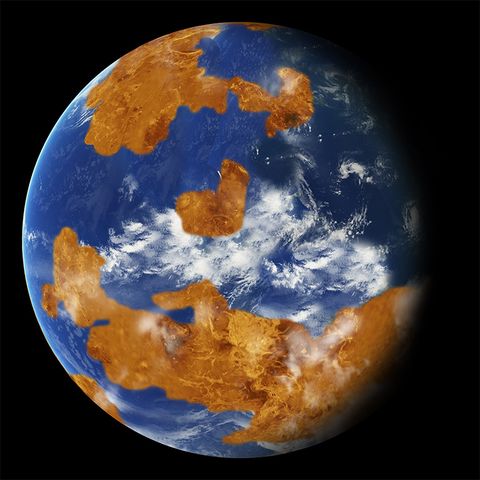

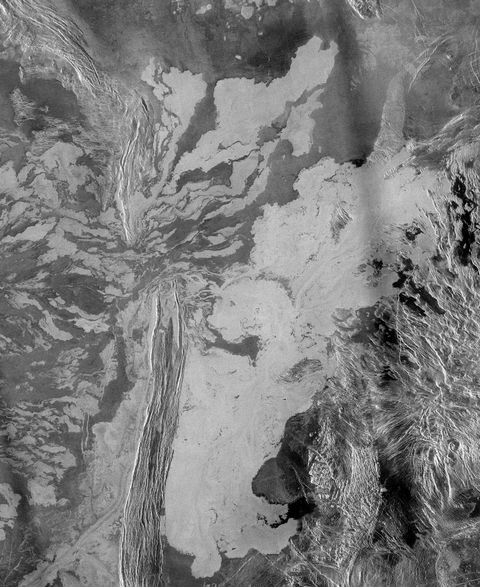
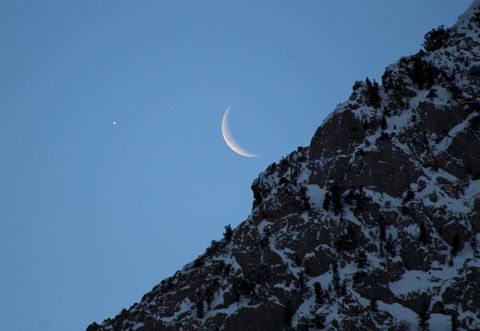
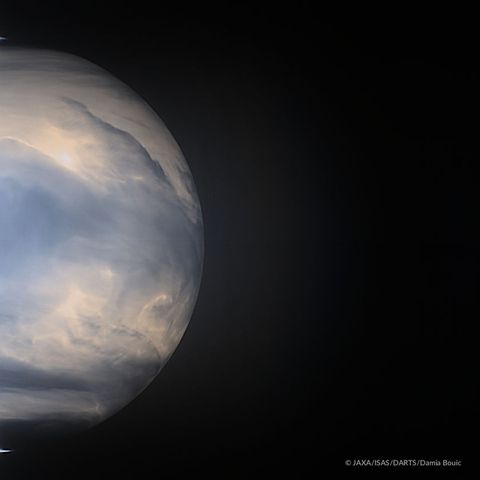
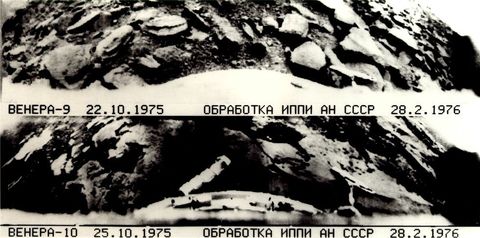














0 Response to "This Is Venus, Earth's Boiling Twin - Popular Mechanics"
Post a Comment